- 路 Microwave
- 路 Atmospheric Pressure Microwave 路 Pressure Microwave 路 Parallel Microwave
- 路 Ultrasonic 路Low Temperature Ultrasound
- 路 Ultraviolet Light
- 路 Microwave Heating 路 Atmospheric Pressure Synthesis 路 Atmospheric Pressure Catalysis 路 Atmospheric Pressure Extraction
- 路 Sample Preparation 路 Microwave Digestion
- 路 Soil Digestion 路 High Pressure Synthesis
- 路 Solid Phase Synthesis
- 路 Organic Synthesis
- 路 Ionic Liquid Synthesis
- 路 Degradation Of Natural Organic Matter
- 路 Natural Product Extraction / Purification
河北祥鹄科学仪器有限公司
800S Preparation of SnO_2 ultrafine particles by microwave hydrothermal method
This paper, completed by a researcher at Weifang University, discusses papers on the preparation process of SnO2 ultrafine particles by microwave hydrothermal method, which was published in the important journal
The microwave hydrothermal method was applied to the hydrothermal preparation experiment of SnO2 nanocrystals, and the greening improvement of the synthesis method in the experimental teaching was realized. TEM showed that the product was a spherical-like particle with uniform size, about 25 nm. XRD showed the product to be pure tetragonal phase SnO2. The photodegradation dye RhB was used as the catalytic probe reaction under ultraviolet light. The effects of microwave reaction temperature, holding time and initial pH on the catalytic properties of the product were investigated. The results showed that the optimum conditions for the preparation of SnO2 under microwave hydrothermal reaction were : 110 ° C, 15 min, pH 4, UV degradation of RhB 45 minutes degradation rate of up to 99%.

Fig.1/3↑
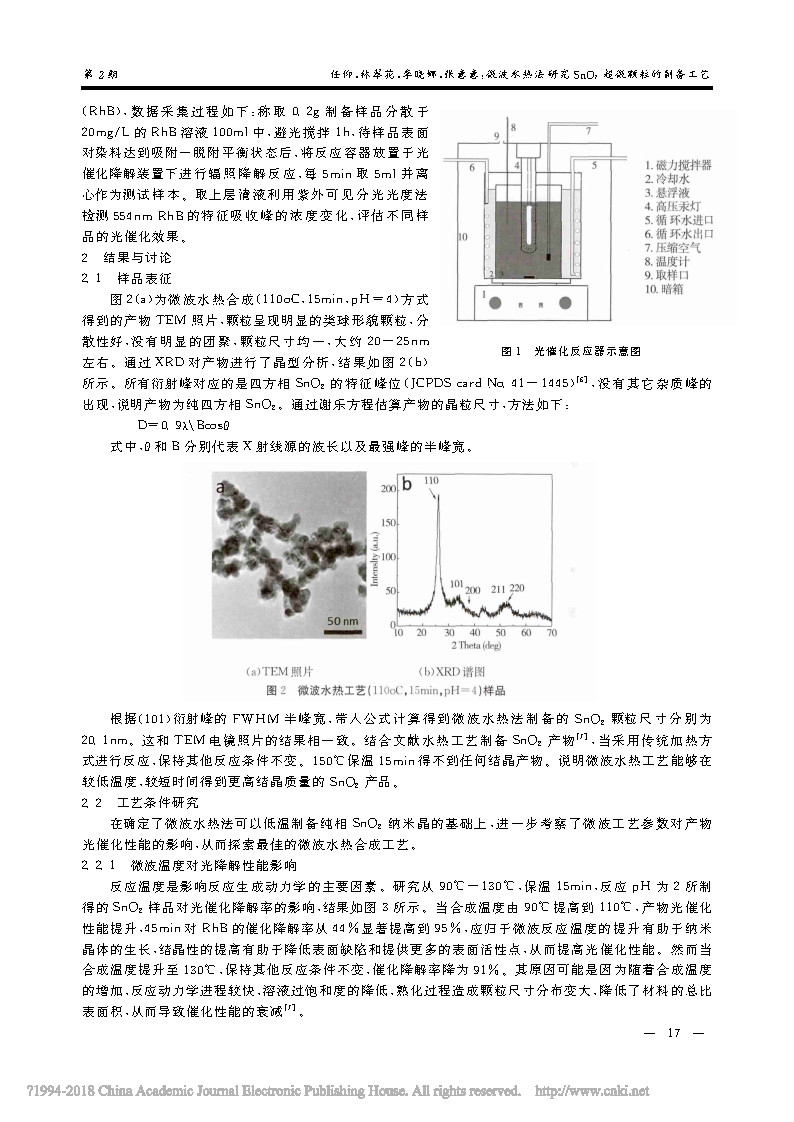
Fig.2/3↑
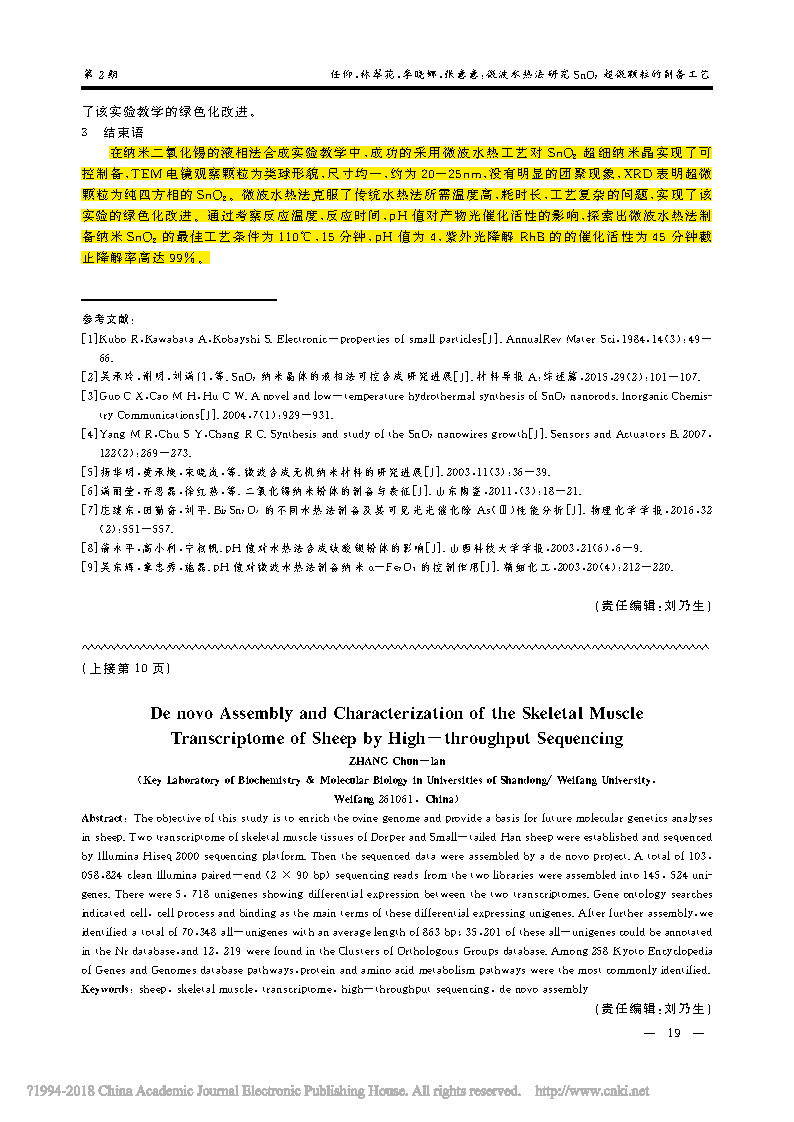
Fig.3/3↑
In the experimental teaching of liquid phase synthesis of nanometer tin dioxide, the microwave hydrothermal process was successfully used to control the SnO2 ultrafine nanocrystals. The TEM electron microscope observed the particles as spherical and uniform in size, about 20- At 25 nm, there was no obvious agglomeration phenomenon, and XRD showed that the ultrafine particles were pure tetragonal phase SnO2. The microwave hydrothermal method overcomes the problems of high temperature, long time and complicated process in the traditional hydrothermal method, and realizes the green improvement of the experiment. By investigating the effects of reaction temperature, reaction time and pH on the photocatalytic activity of the product, the optimum conditions for the preparation of nano-SnO2 by microwave hydrothermal method were as follows: 110 ° C, 15 min, pH 4, UV degradation of RhB The catalytic activity was as high as 99% for the 45 minute cut-off degradation rate.
Dissolve SnCl4·5H2O in 25ml of deionized water to form a 0.05mM clear solution, adjust the pH of the solution to 2-6, transfer to a 30ml microwave reactor, transfer to a microwave synthesizer, and set the reaction. The temperature is 90-130 ° C, the reaction holding time is 5-25 min, and the mixture is naturally cooled after the reaction is completed. The product is washed, filtered under reduced pressure, and dried to obtain a powder for subsequent testing.








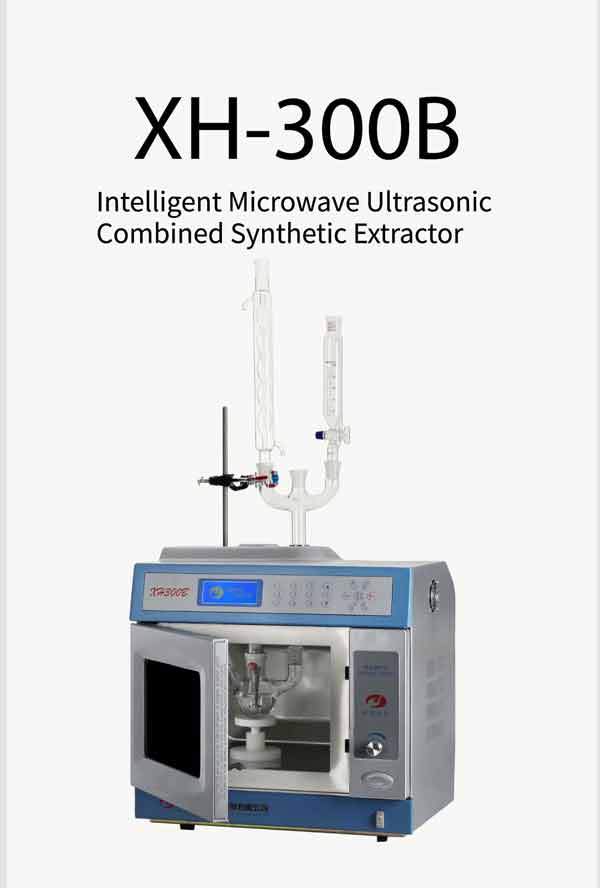

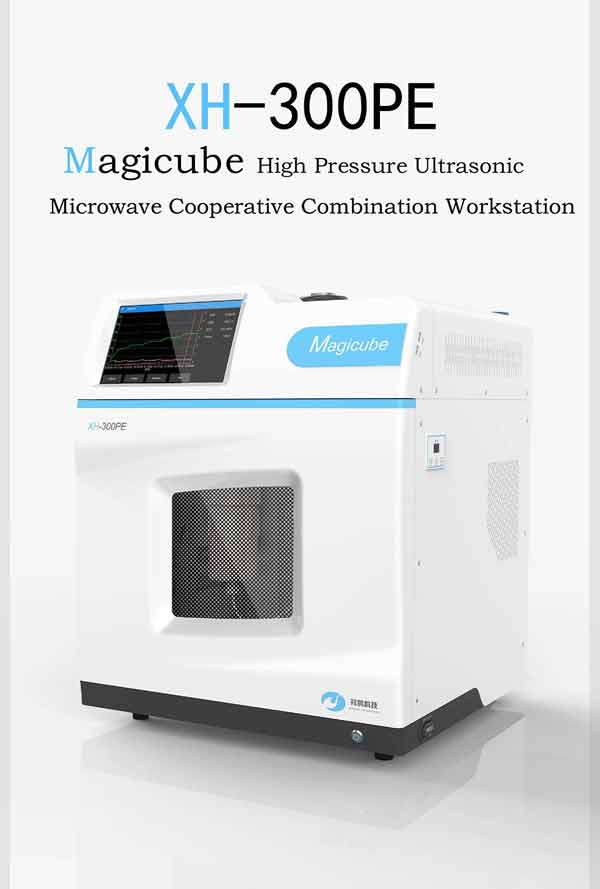
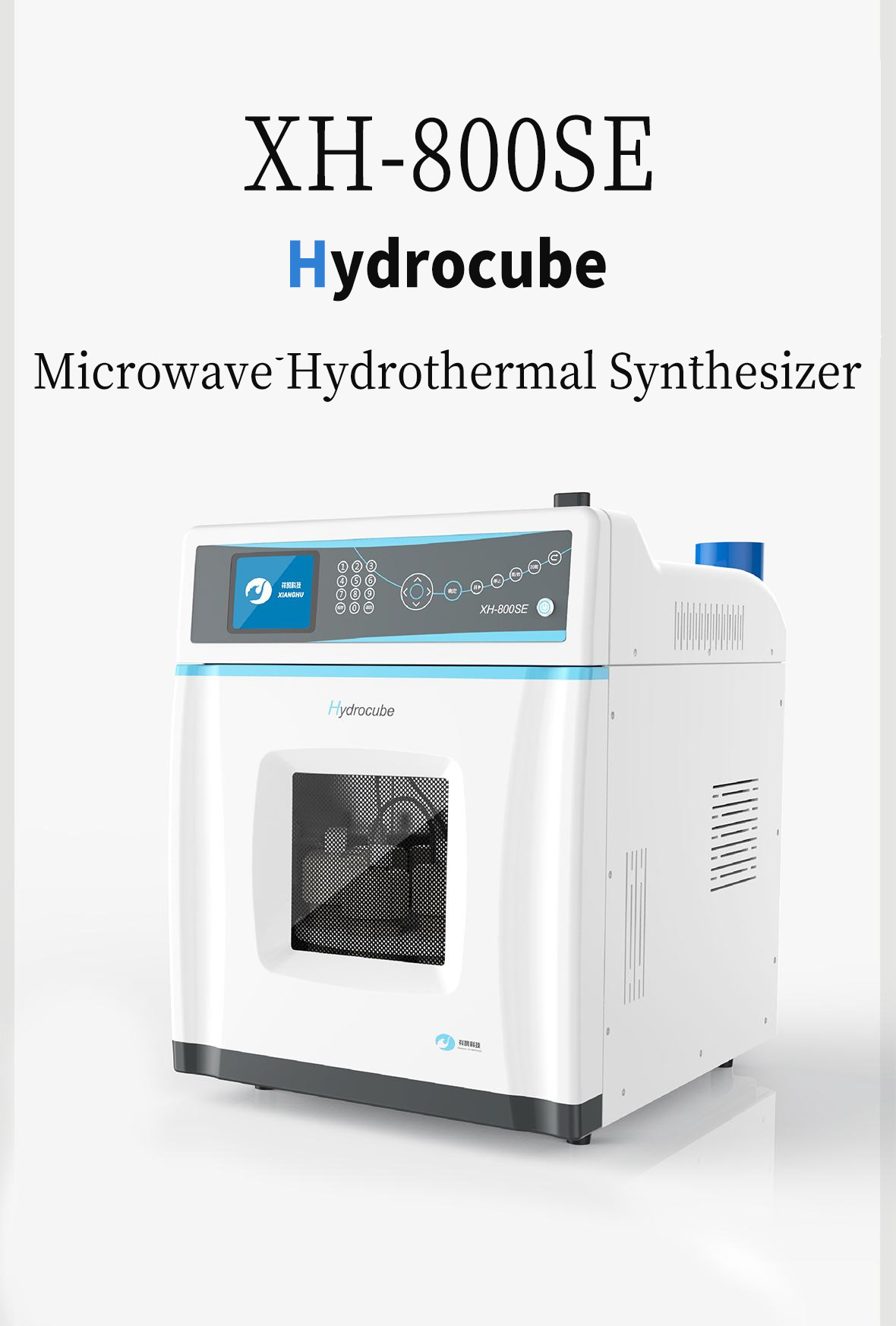
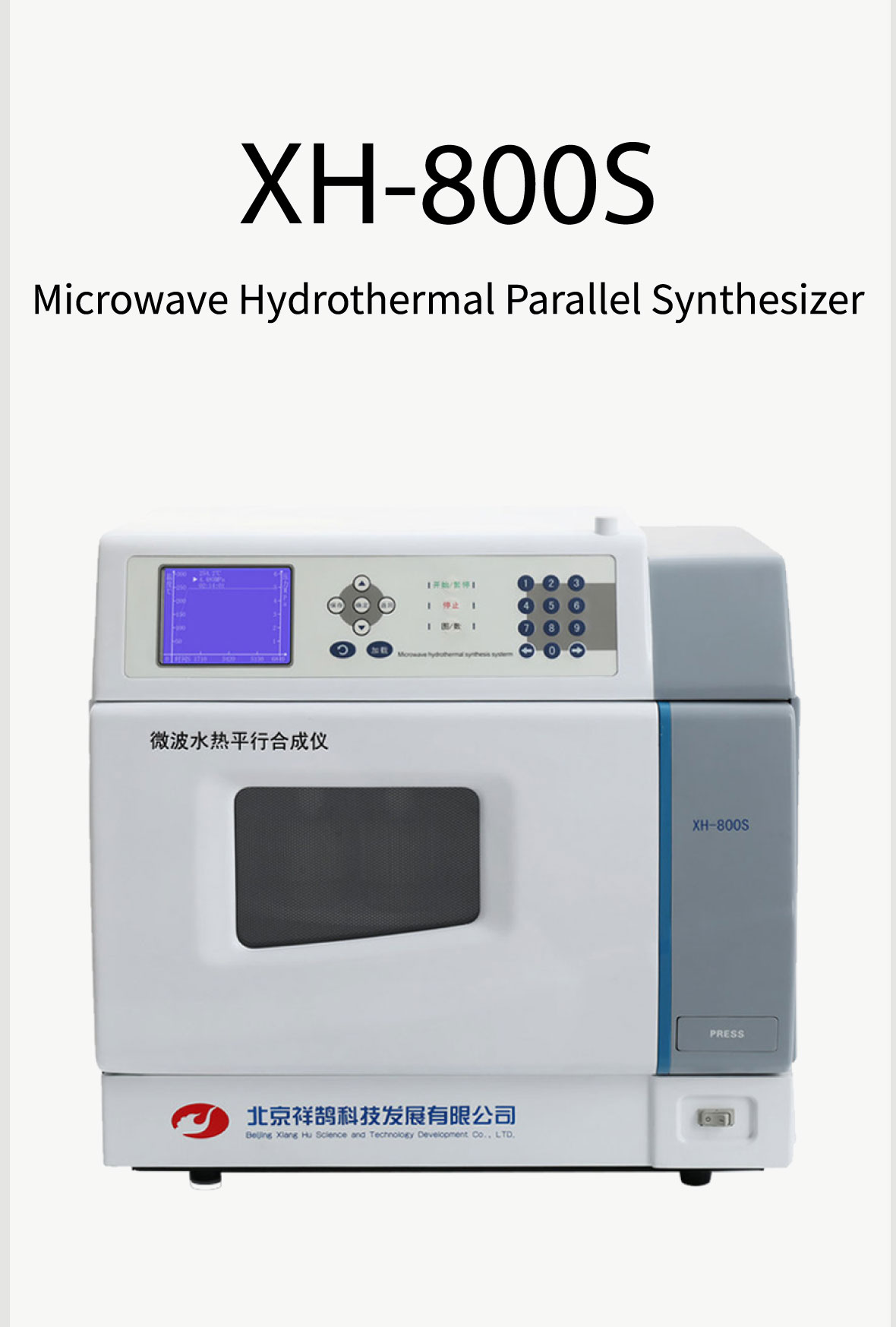
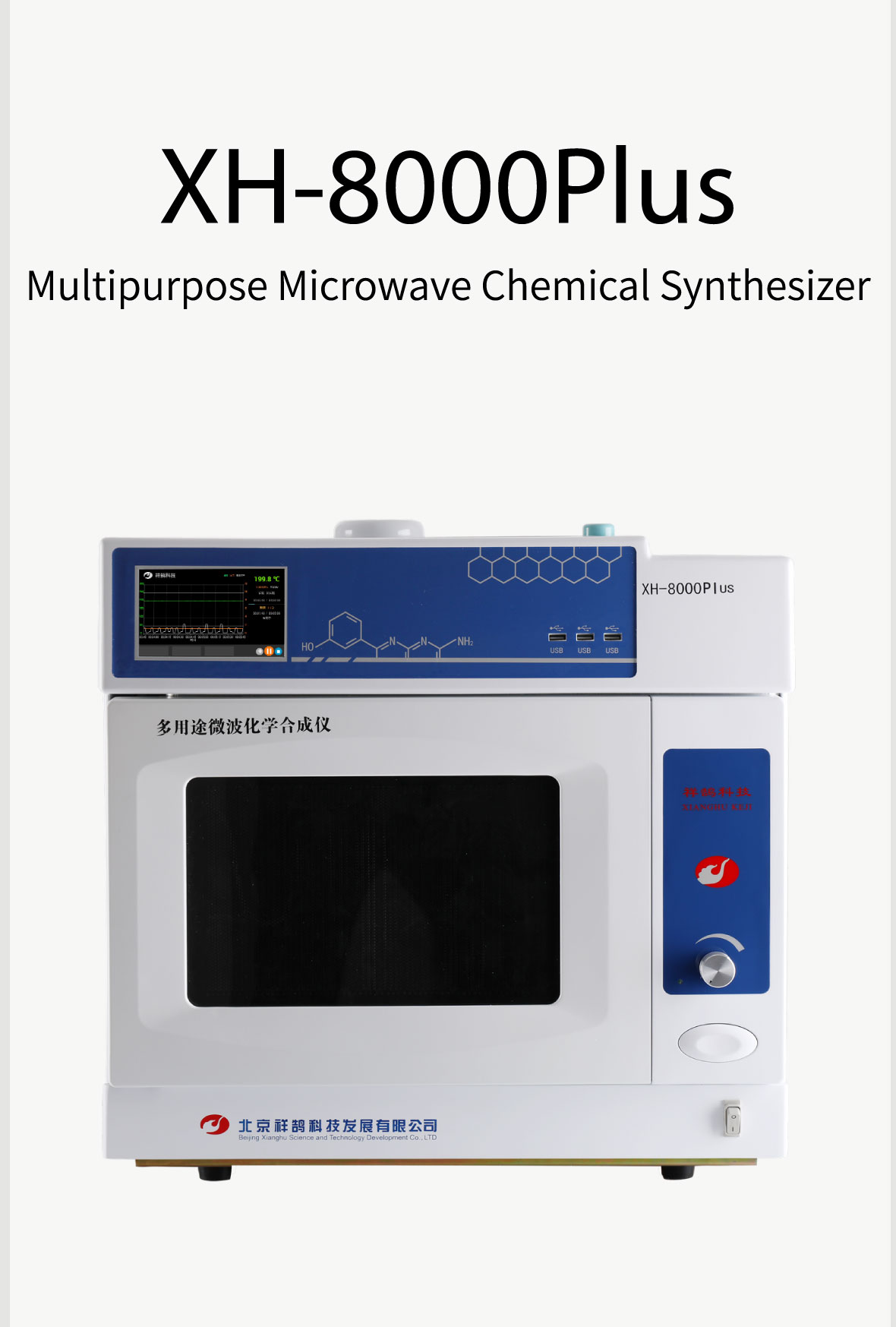
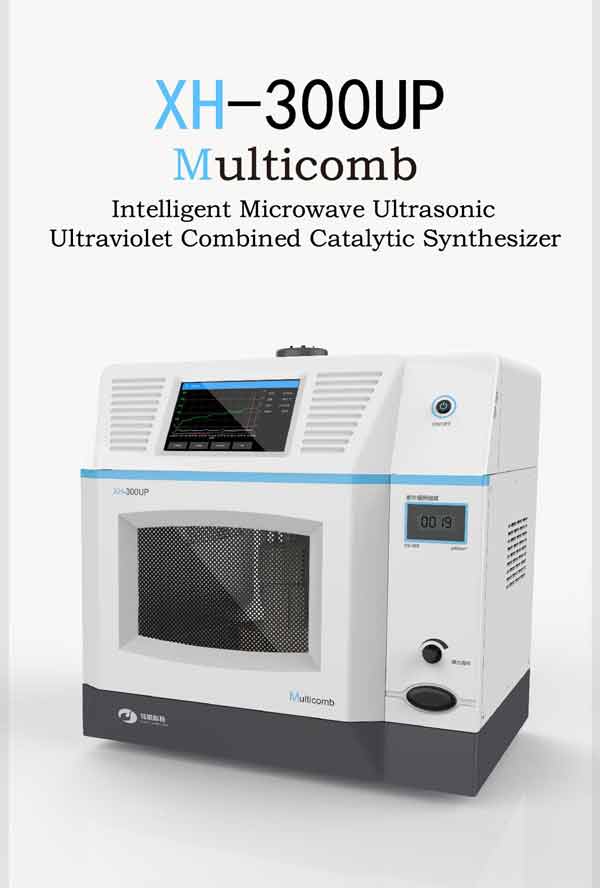
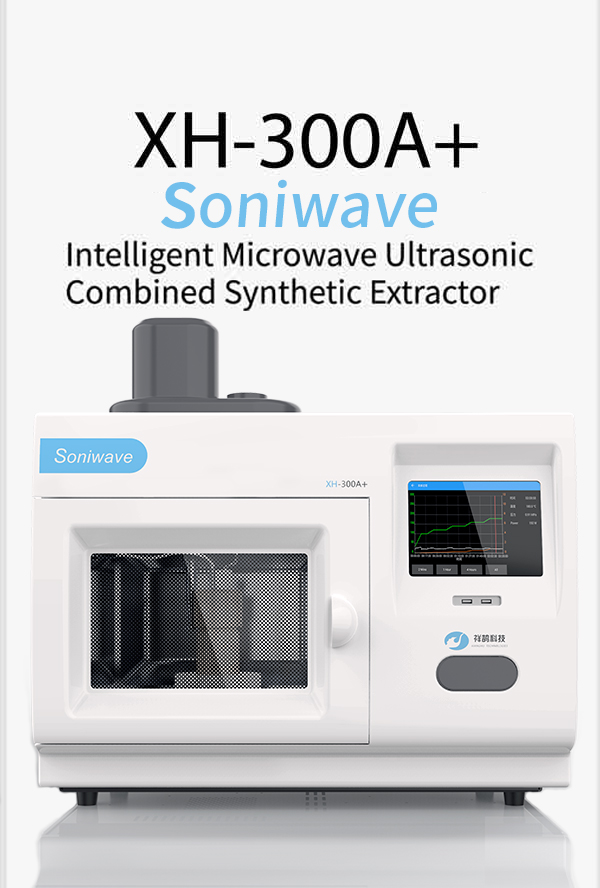

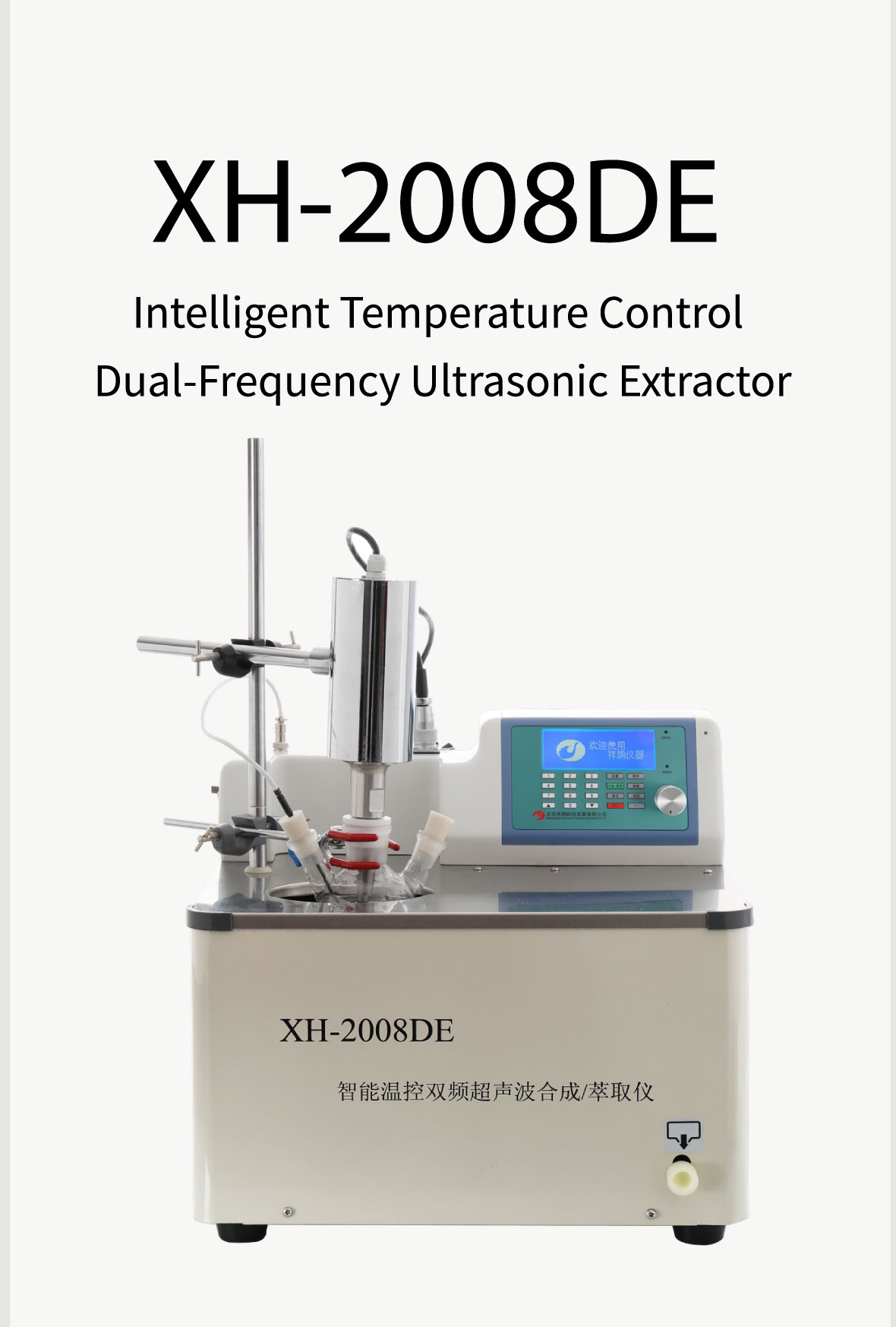



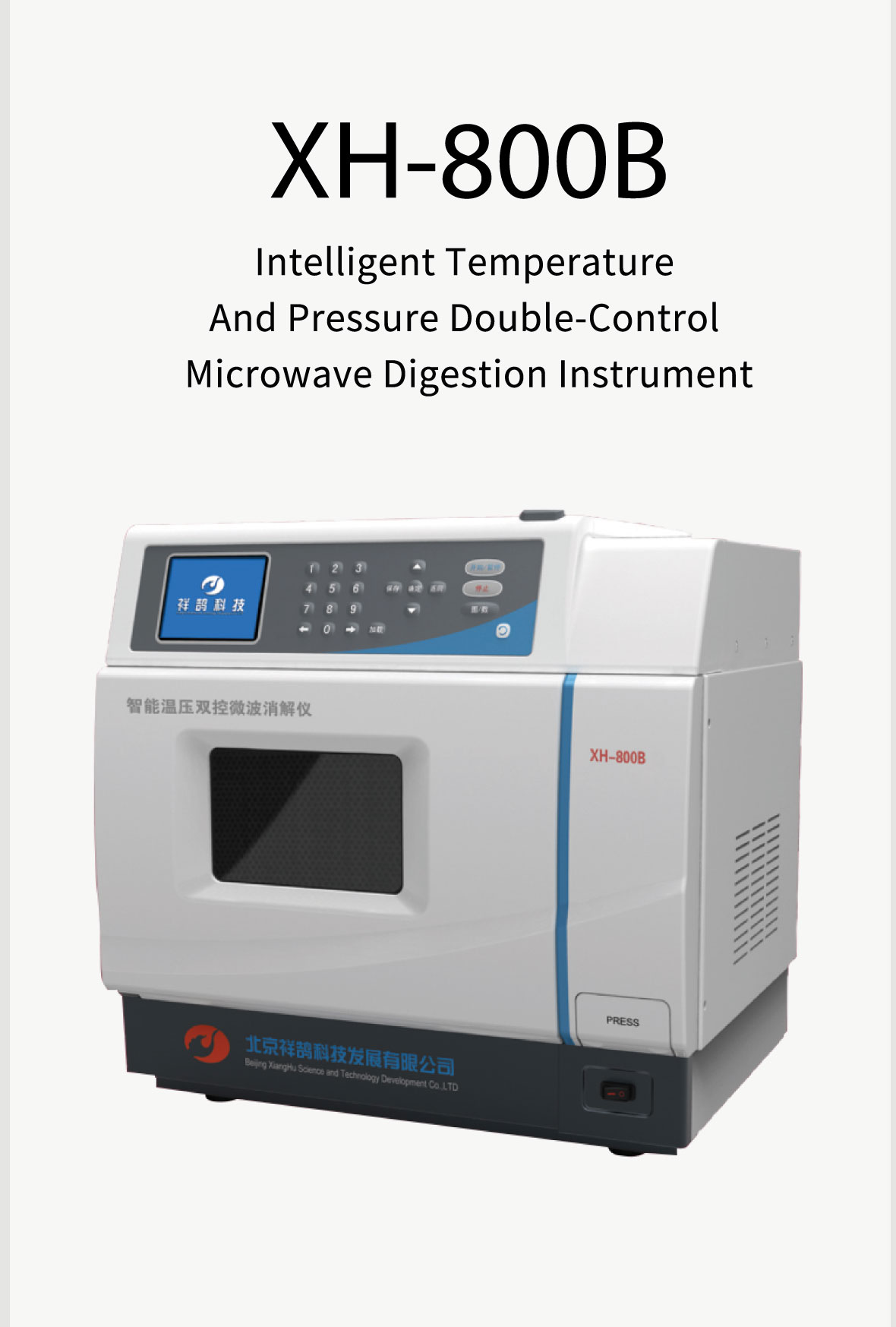

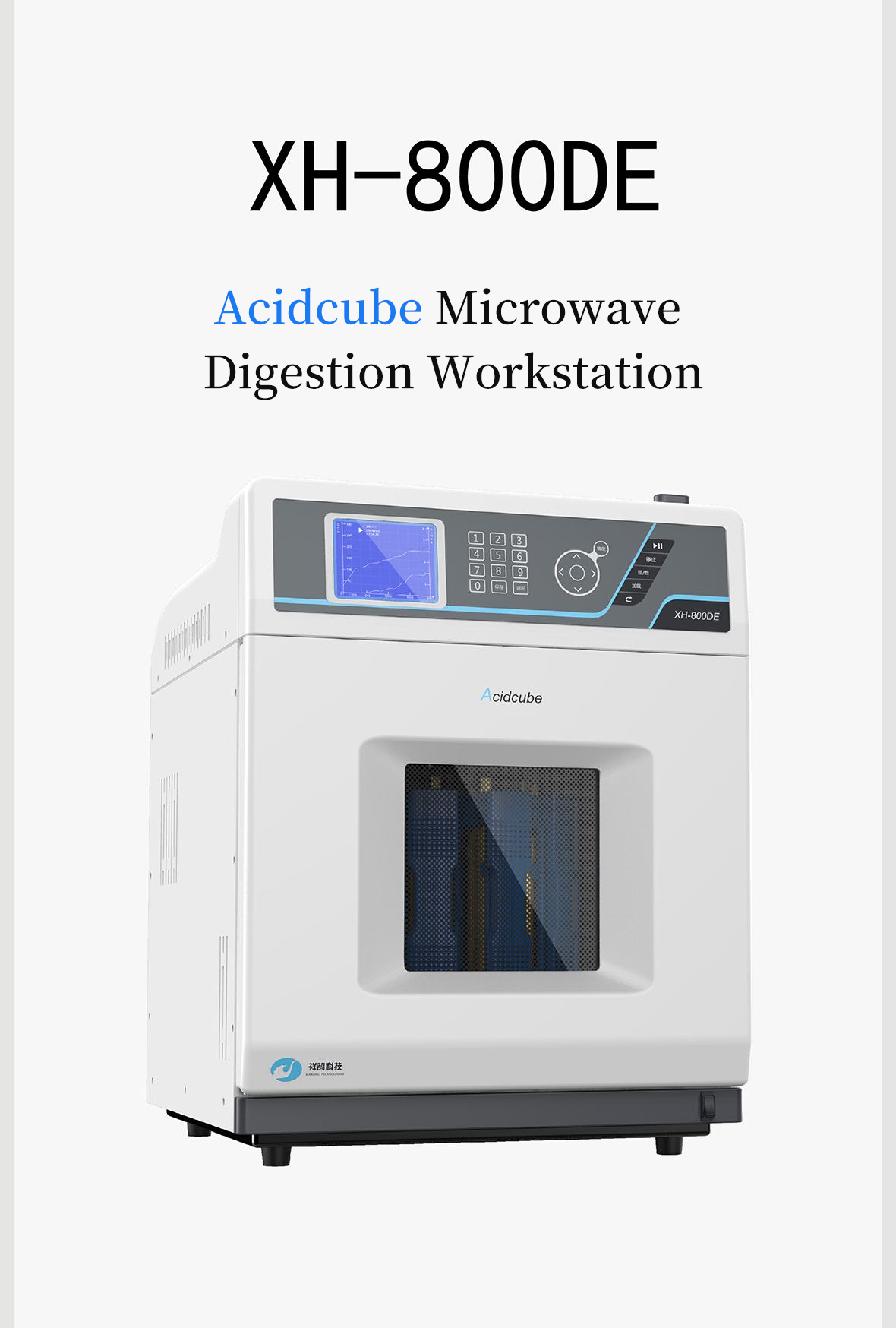

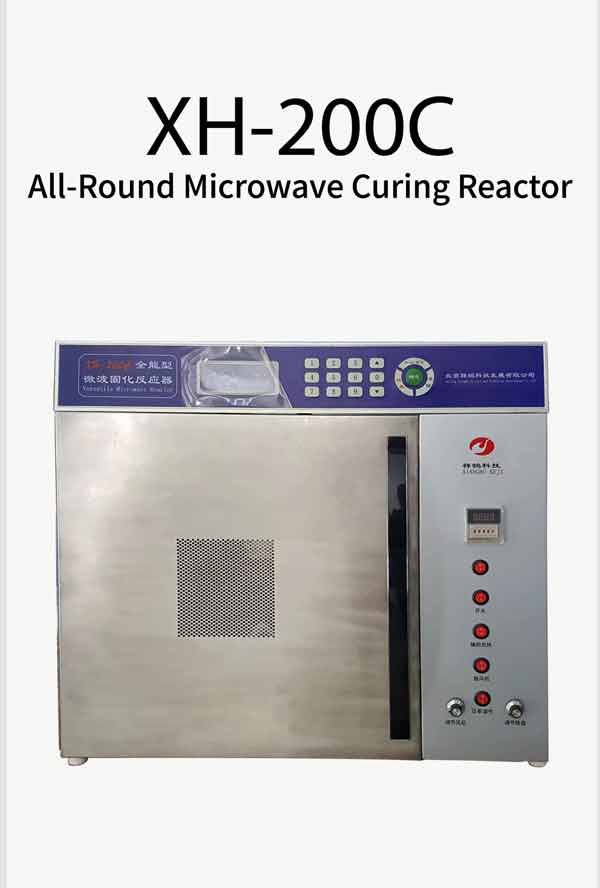
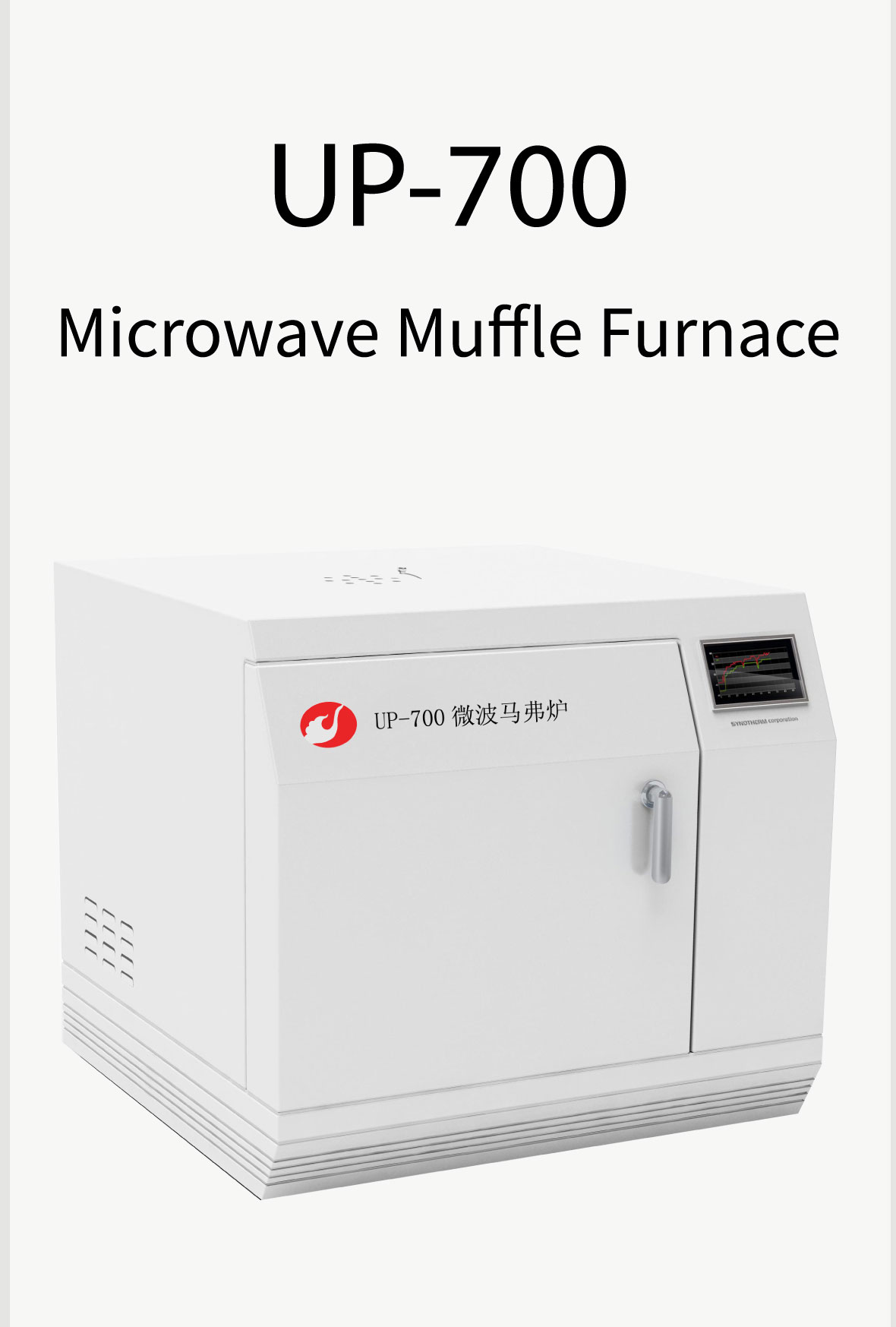

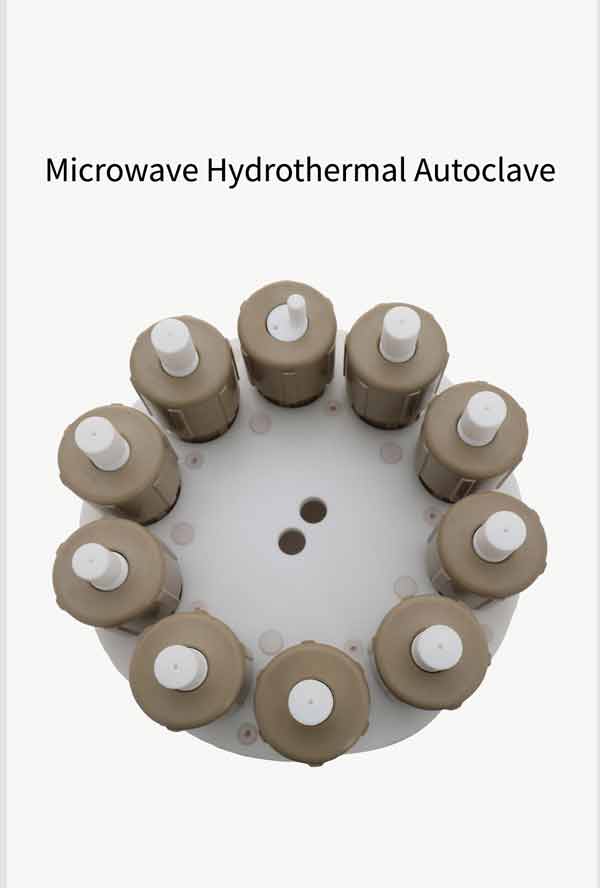

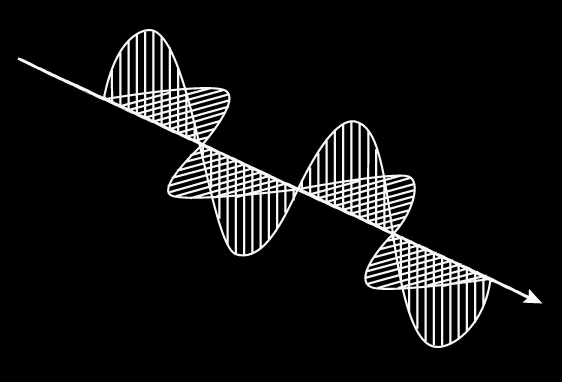


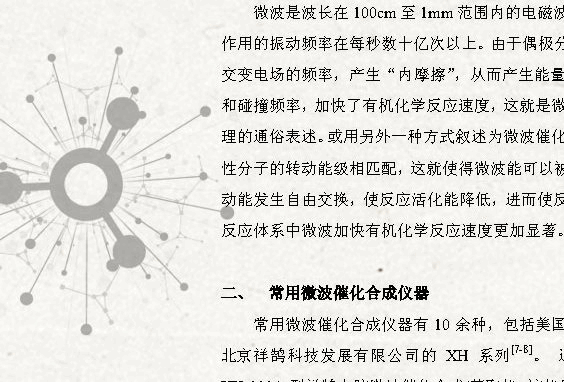

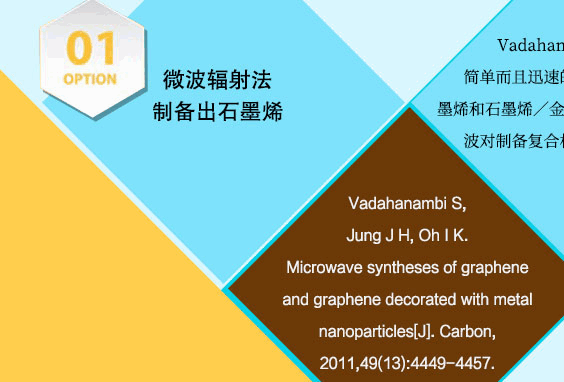
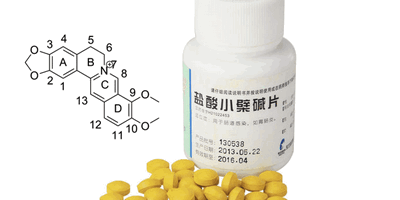


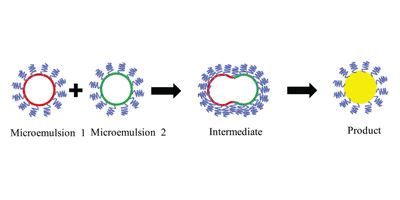
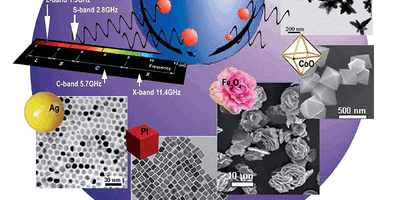
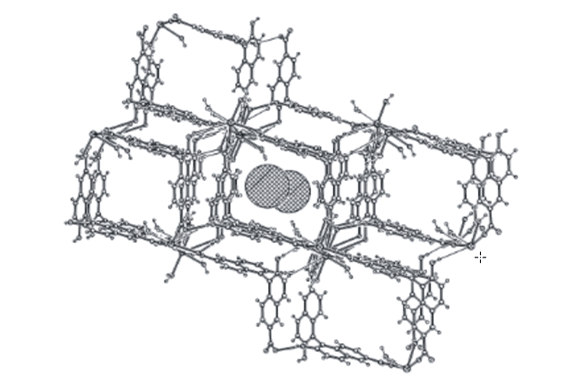
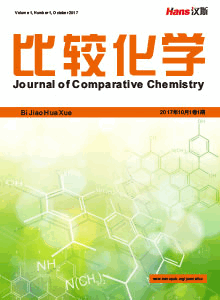
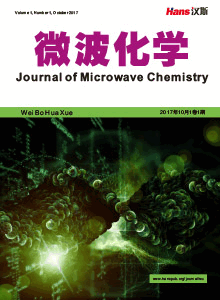
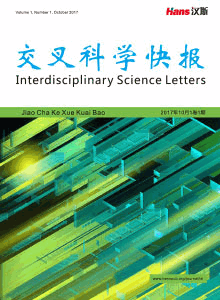




 京ICP备15050585号
京ICP备15050585号

